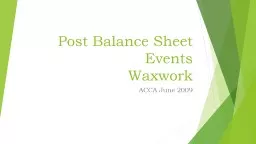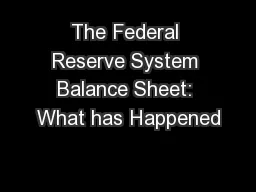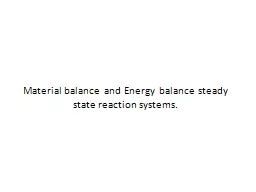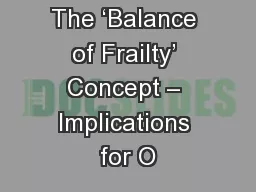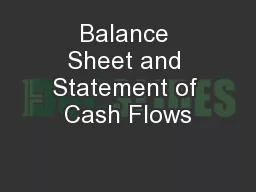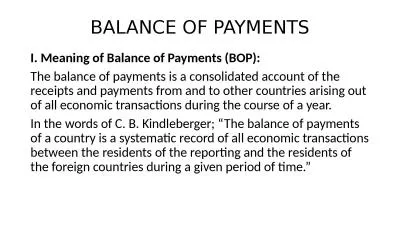PPT-Post Balance Sheet Events
Author : stefany-barnette | Published Date : 2016-08-11
Waxwork ACCA June 2009 Scope and objectives It prescribes a when an entity should adjust its financial statements for events after the reporting period b the disclosures
Presentation Embed Code
Download Presentation
Download Presentation The PPT/PDF document "Post Balance Sheet Events" is the property of its rightful owner. Permission is granted to download and print the materials on this website for personal, non-commercial use only, and to display it on your personal computer provided you do not modify the materials and that you retain all copyright notices contained in the materials. By downloading content from our website, you accept the terms of this agreement.
Post Balance Sheet Events: Transcript
Download Rules Of Document
"Post Balance Sheet Events"The content belongs to its owner. You may download and print it for personal use, without modification, and keep all copyright notices. By downloading, you agree to these terms.
Related Documents

